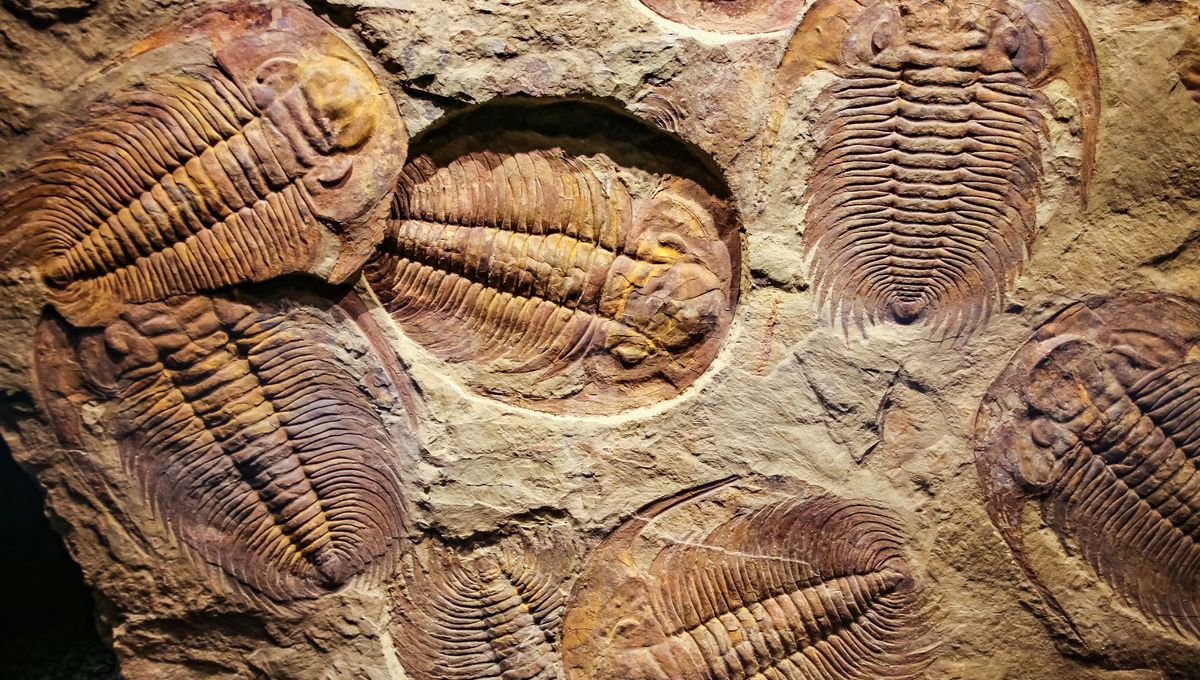
Earth is no stranger to mass extinction events – it’s had five so far, and some scientists have even claimed we’re in the midst of a sixth. The biggest one of all, however, was so hugely devastating to life on Earth that it’s been nicknamed the “Great Dying”.
The Permian-Triassic extinction event
If you thought the mass extinction caused by the Chicxulub asteroid impact 65 million years ago was bad, think again. Travel back in time even further to around 250 million years ago, and the Great Dying – more formally known as the Permian-Triassic extinction event – wiped out members of all classes of life.
Over 95 percent of marine species and 70 percent of land species died out during the extinction. In total, around 90 percent of all species on Earth at the time were completely eradicated. Though there’s some debate as to the exact length of time over which this took place, there’s no question that it wouldn’t have been a fun time to be on the planet.
The reason that scientists are able to tell all this happened is because of the fossil record. Imagine you take a slice through sedimentary rock that was built up over the course of the late Permian through to the early Triassic; the Great Dying can be marked by a sudden, sharp decline in the diversity of fossils.
What caused the Great Dying?
Of course, such widespread death doesn’t happen for no reason – but for a long time, scientists have had trouble figuring out exactly what triggered the event. Some have suggested an asteroid impact, while others have proposed a huge volcanic eruption altered the climate or a combination of factors.
In 2014, a team of researchers from MIT put forth that the rise of methane-producing microbes may have been to blame. After studying sediments from South China, they concluded that Methanosarcina began to thrive towards the end of the Permian period; that meant more methane, which was converted into carbon dioxide, which in turn contributed to levels of global warming and ocean acidification capable of causing widespread extinction.
More recent research leans into the “combination of factors” theory – specifically, that the climate warming effects of volcanic eruptions were exacerbated on land by so-called mega El Niño events.
“During the Permian-Triassic crisis, El Niño persisted for much longer resulting in a decade of widespread drought, followed by years of flooding. Basically, the climate was all over the place,” said study author Professor Paul Wignall in a statement.
“Most life failed to adapt to these conditions,” added co-author Professor Yadong Sun, “but thankfully a few things survived, without which we wouldn’t be here today. It was nearly, but not quite, the end of the life on Earth.”
Source Link: The Largest Extinction Event In Earth's History Occurred 250 Million Years Ago